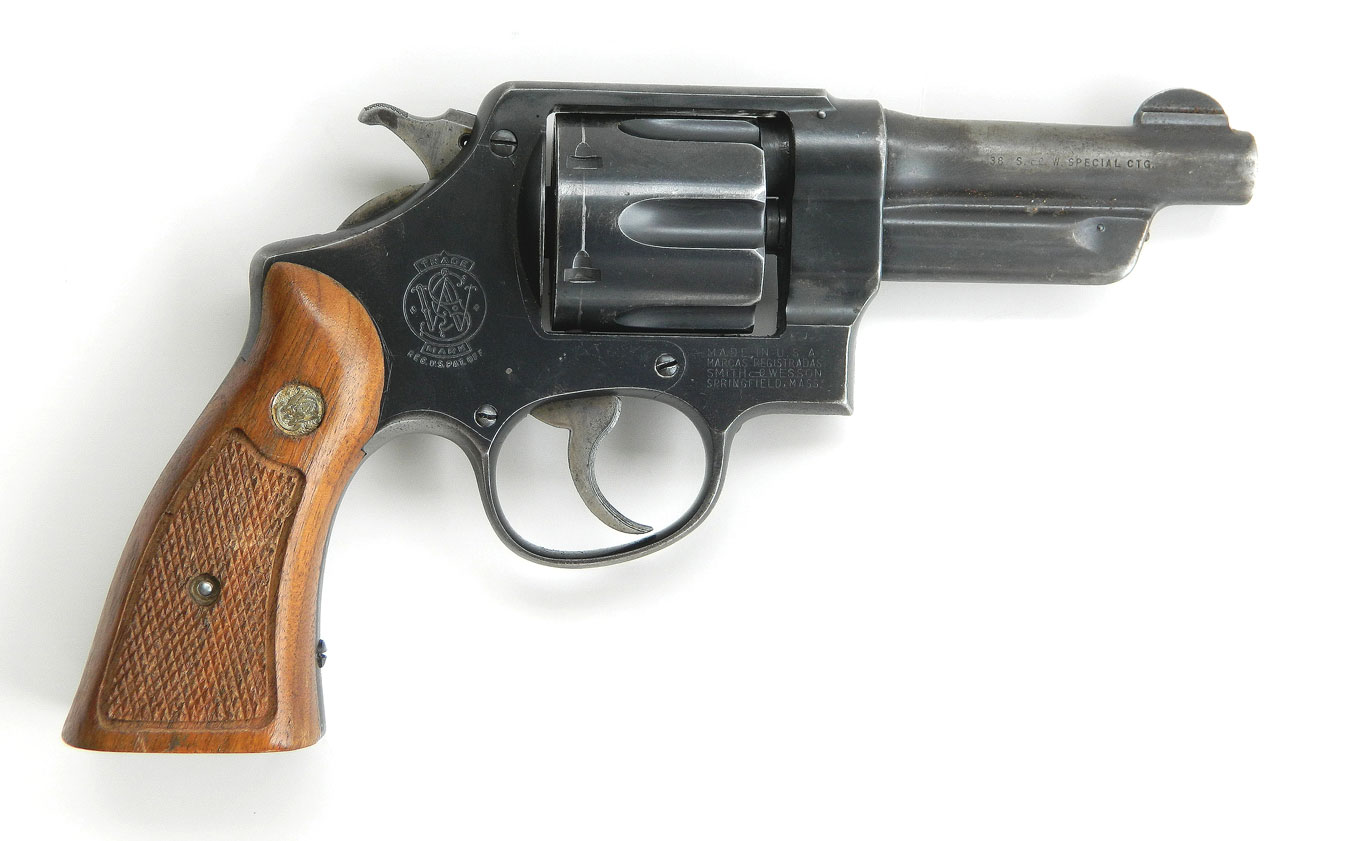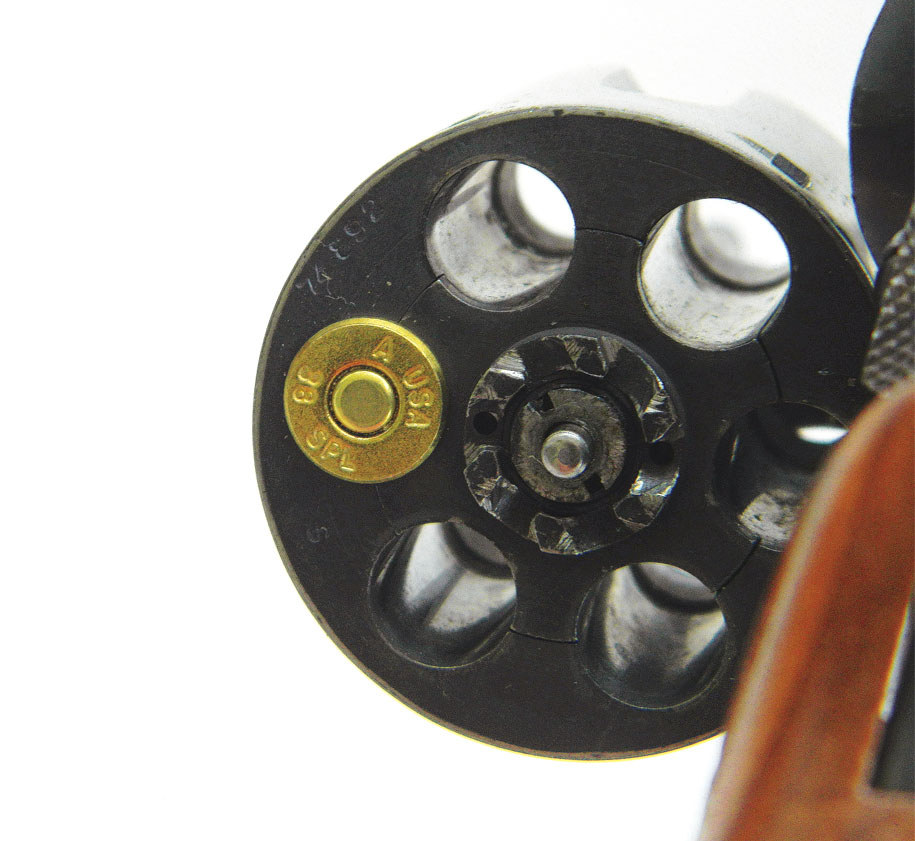
Smith & Wesson’s Heavy Duty revolver and its .38-44 cartridge are important pieces of American firearms history.
I am far from a collector; all of my handguns are used rather than stored or displayed. But I suppose there is something of a collector in me because vintage Smith & Wesson revolvers call to me, and one such example is the Smith & Wesson Heavy Duty.
During the period after the Great War, there was much handgun experimentation as shooters looked for longer range and increased accuracy. Outdoorsmen were looking for a powerful cartridge that was accurate and economical to use.
The police were also in search of a different type of handgun because a new breed of mechanized bandit was making it difficult for them. The common .38 Special with a 158-grain roundnose bullet at 800 fps was not capable of penetrating the steel doors of vehicles. When safety glass became common, the problem was even more severe, and larger calibers were scarcely more effective in penetration.
The two big handgun companies, Smith & Wesson and Colt, took the same path in improving handgun performance. Each took a handgun cartridge and increased the powder charge without changing outside dimensions. Colt improved the .38 ACP into the .38 Super and chambered it in the 1911. Smith & Wesson created the .38-44 loading.
The .38-44 is a cartridge designation but also is a term for the revolver intended to use the new loading, which could reach 1,125 fps with a 158-grain bullet—but at the cost of serious wear and tear on standard revolvers. Therefore, Smith & Wesson created the Heavy Duty using a special, thick .38 Special cylinder and the heavy under-lugged barrel from its .44 frame revolver.

The .38-44 used a heavier cylinder to handle

